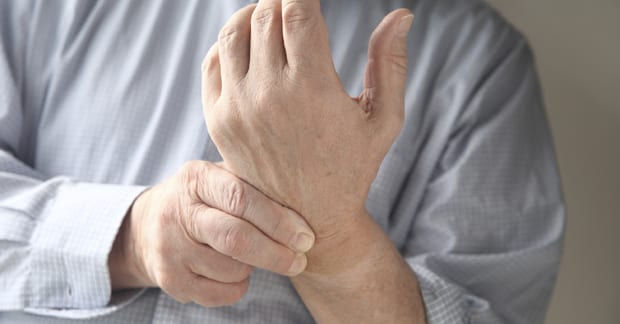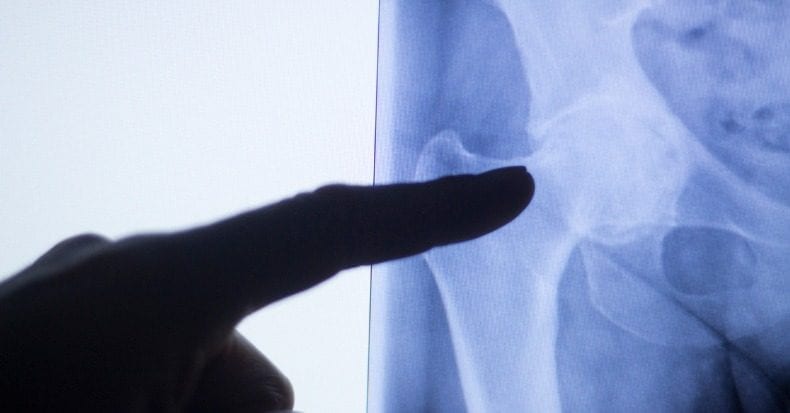When we hear the term “whiplash injury,” we likely think of car crashes, though whiplash can result from other causes, like a fall or sports collision. Though whiplash is associated with a variety of symptoms, neck pain with lower pain thresholds (called central sensitization) is one of the most common. Neck pain can also […]

The Double Crush Nerve Syndrome Often Overlooked As A Possible Answer For Patients With Unyielding Upper Extremity Pain, Numbness Or Discomfort
How Does Chiropractic Stack Up for Low Back Pain?
Doctors of chiropractic offer a non-surgical, treatment protocol for both acute and chronic low back pain (LBP), as do several other healthcare delivery systems. However, due to patient preference and a rising concern for potentially harmful side-effects, many LBP patients seek management strategies that offer a natural, non-pharmaceutical approach, of which chiropractic is the most […]
Neck Tongue Syndrome and Chiropractic Care
Health science professors and clinicians often note that the most important aspect of healthcare education is anatomy. Anatomy holds the integration of pathology, complaint, and eventually treatment. Diagnostic Concepts Biology We May Not Know / Biology We May Have Forgotten (1, 2, 3, 4, 5, 6) Compression on nerve roots and/or peripheral nerves does not […]
How Does Wrist Position Affect the Carpal Tunnel?
Carpal tunnel syndrome (CTS) is the most common “peripheral neuropathy” (pinched nerves in the arms or legs) and is known to be caused by prolonged repetitive, forceful grip-related tasks involving the hands. The condition occurs when pressure is placed on the median nerve as it passes through the carpal tunnel, either from inflammation, mechanical injury, […]
What is Chiropractic?
Why Do Patients Go To Chiropractors? Inflammation In her books, Epigenetics Revolution (2013) and Junk DNA (2017) geneticist Nessa Carey explains that the driving force in human evolution and in human biology is procreation; living long enough to make babies and pass our genes on to future generations (1, 2). At the center of the human opportunity to procreate […]
Can Chiropractic Help Dysmenorrhea?
Primary dysmenorrhea (PD) is a very common gynecological disorder affecting 84.1% of women during childbearing age. The most common symptoms of PD include lower abdominal pain that can radiate to both thighs and/or to the low back. Other symptoms include tiredness, headache, nausea, constipation, and diarrhea. The condition precedes menstruation (in the absence of any […]
How Does Chiropractic Help Carpal Tunnel Syndrome?
Carpal tunnel syndrome (CTS) occurs when pressure is placed on the median nerve as it passes through bones and ligaments of the wrist in order to innervate a portion of the hand. This pressure can be cause by compression of the carpal tunnel due to mechanical injury or when other tissues near the median nerve […]
What is Hip Impingement? Can Chiropractic Help?
Femoroacetabular impingement (FAI) is a pathological hip condition found in 17% of the population, and it’s caused by abnormal contact between the ball of hip and the socket. To be more precise, it’s the head-neck junction that impinges against the rim of the acetabulum. There are three types of FAI: cam, pincer, or a combination […]
Can the Cervical Spine Cause Shoulder Pain?
Subacromial impingement (SAI) is a common injury in sporting activities that require overhead motions, especially among pitchers, quarterbacks, and swimmers. Not everyone responds to treatment to the same degree, and a new study that reviewed two specific cases may offer a possible reason: the neck. One of the two cases involved a high school football […]
Neck Posture BEFORE a Car Wreck – Is It Important?
Abnormal postures of the neck—straight and reversed (kyphotic) curves, for example—are commonly encountered after an individual has experienced a motor vehicle collision (MVC). Many studies discuss the mechanism of injury during a rear-impact MVC that result in a straight or kyphotic curve, but few have considered the importance of this abnormal posture being present BEFORE […]
- « Previous Page
- 1
- …
- 56
- 57
- 58
- 59
- 60
- …
- 156
- Next Page »









